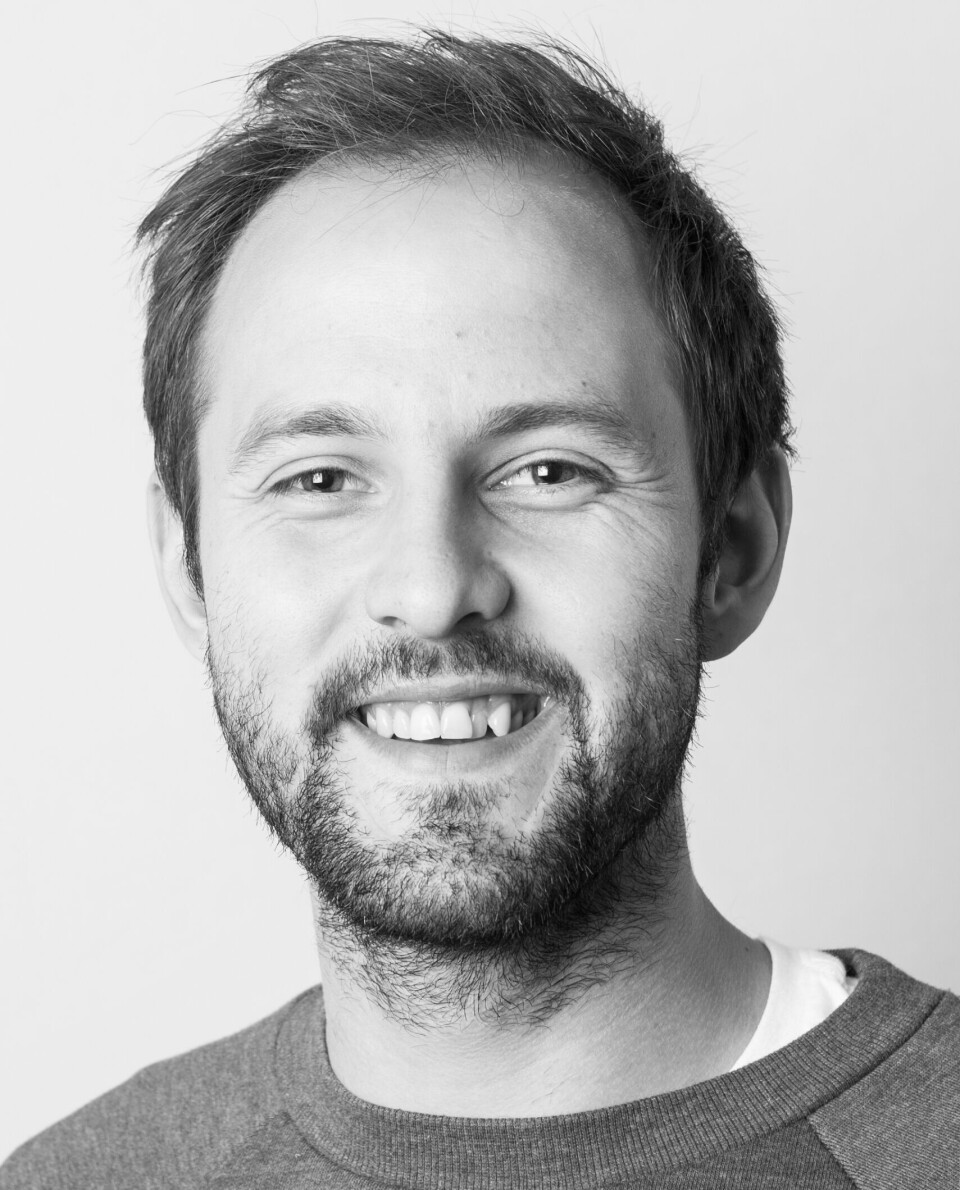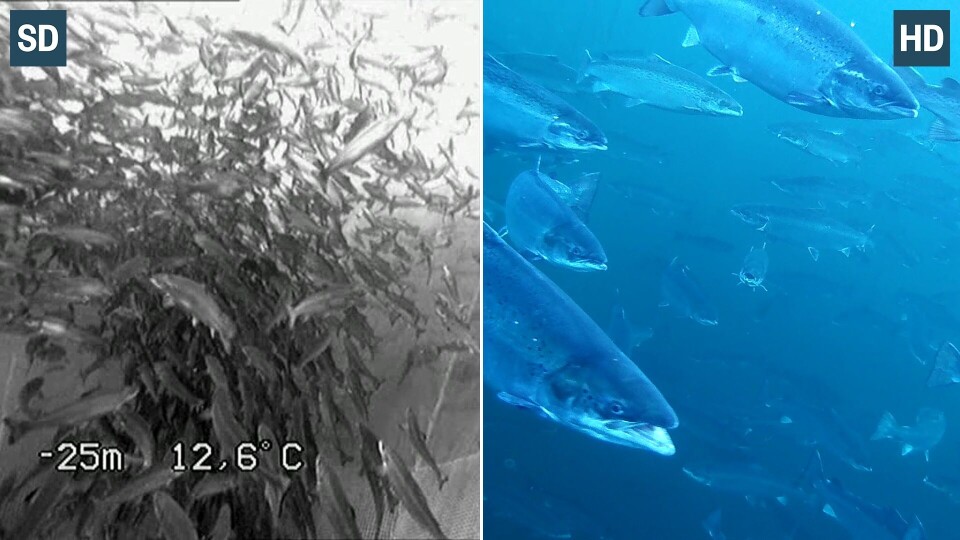
4K camera puts focus on feed
Aquaculture equipment manufacturer Steinsvik is about to release a 4K camera for feed control.

The Norwegian company has sold 250 HD (high definition) cameras since their introduction to its product range in January 2017, and is now taking that technology a step further.
Jørn Petter Haavik, product manager for cameras in Steinsvik, said: “4K is the new standard for image resolution and enables the farmers to use even bigger video screens without any quality loss.
“These cameras are possibly for the perfectionists among our customers, but they are an important milestone in our strategy for ‘smart’ cameras.
“More information in the image means more possibilities for image recognition and image processing.
“We are already in the final stages of our pellet recognition project, and in the near future, we will be able to do lice counting, biomass measurements and behavioral analysis of the fish using our images.”
Haavik said: “So far, we have delivered (HD) cameras from Tasmania south of Australia to Troms in the north of Norway and the feedback is fantastic. Our customers are reporting that observing the fish is easier with the new cameras and that it gives them an operational advantage when feeding.

“The fact that the cameras have a higher resolution than before is of course important, but the focus on HD is a bit misplaced. HD cameras can be bought in any electric store, but the real difference is made possible by the optics and the image processing chips.”
He claimed Steinsvik is the world leader when it comes to optics and data chips for observing feeding behaviour in the aquaculture industry.
Steinsvik says the use of lice skirts has made cages darker, which means that the cameras need a finely tuned photosensitivity, and that the optics and chips in its HD cameras are optimised for their intended environment. Algorithms accentuate fish and pellets while debris and particles in the water are de-emphasised. This gives both a sharper image and minimises the bandwidth requirements on site and from site to remote feeding centres.
Rival equipment supplier Gael Force Group is also making advances in cage camera technology, launching a new camera software package which will sound an alarm to alert farmers when too much feed is going into a pen.























































